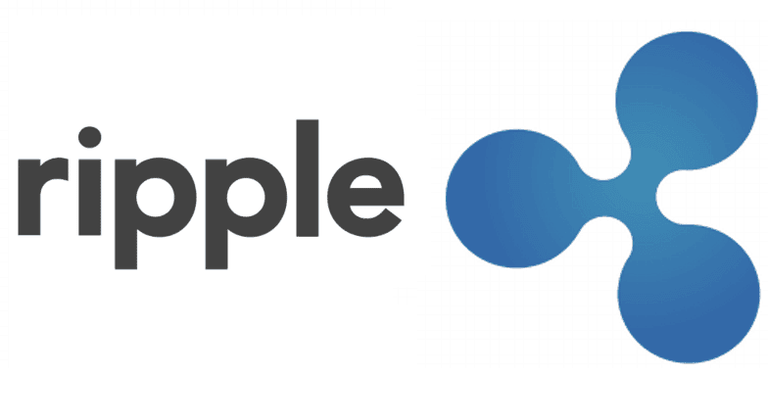Introduction
XRP is a digital asset designed for payments and designed to make cross-border transactions faster, cheaper, and more secure. XRP is used as a means of payment on the RippleNet platform, which is a global network of financial institutions and payment providers that use XRP to settle cross-border transactions.
History
XRP was created in 2012 by the company Ripple Labs, with the aim of revolutionizing the traditional cross-border payment industry. The company saw an opportunity to use blockchain technology and digital assets to create a more efficient and cost-effective way of making cross-border payments, and XRP was created as the means of payment on the RippleNet platform.
Advantages of XRP
XRP has several advantages over traditional cross-border payment methods, including faster settlement times and lower fees. XRP can settle cross-border transactions in just a few seconds, compared to several days for traditional methods, and the cost of using XRP is significantly lower than traditional methods.
In addition to its speed and cost benefits, XRP is also more secure than traditional cross-border payment methods, as it uses blockchain technology to record transactions in a tamper-proof and transparent ledger. This helps to reduce the risk of fraud and improves the overall security of the payment process.
Growing Adoption
Since its launch, XRP has seen growing adoption among financial institutions and payment providers, who are looking for a more efficient and cost-effective way of making cross-border payments. The RippleNet platform now includes more than 300 financial institutions and payment providers, and XRP is used to settle billions of dollars in cross-border transactions every year.
Controversies
XRP has faced some controversy over the years, particularly around its classification as a security or a currency. This has led to regulatory uncertainty in some jurisdictions, which has affected the adoption and price of XRP. However, Ripple Labs has been working with regulators to address these concerns and clarify the legal status of XRP.
Conclusion
In conclusion, XRP is a digital asset designed for payments and is used as a means of payment on the RippleNet platform. XRP has several advantages over traditional cross-border payment methods, including faster settlement times, lower fees, and improved security. XRP has seen growing adoption among financial institutions and payment providers, and its impact on the cross-border payment industry is likely to continue to grow in the years to come.

** Your post has been upvoted (12.95 %) **
Curation Trail is Open!
Join Trail Here
Delegate more BP for bigger Upvote + Daily BLURT 😉
Delegate BP Here
Upvote
https://blurtblock.herokuapp.com/blurt/upvote
Thank you 🙂 @tomoyan